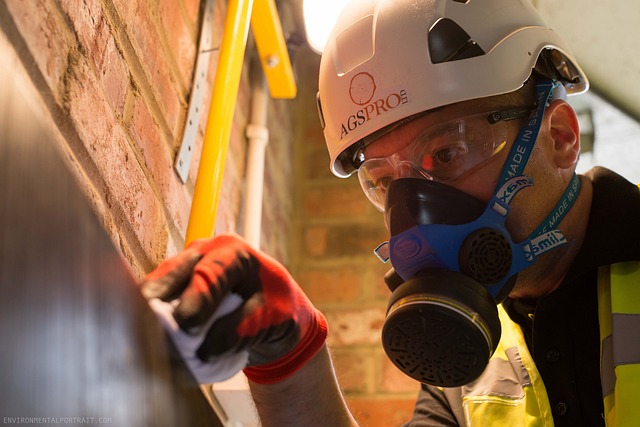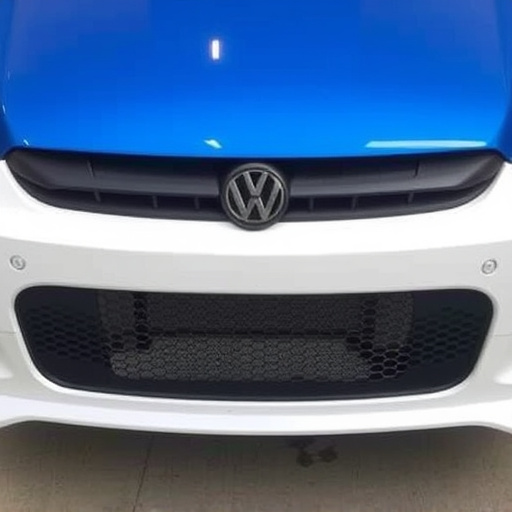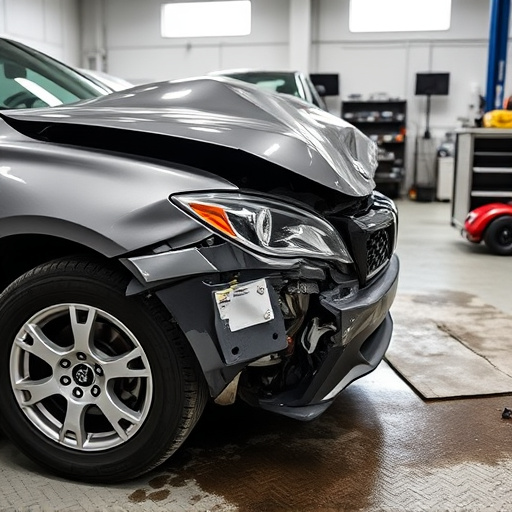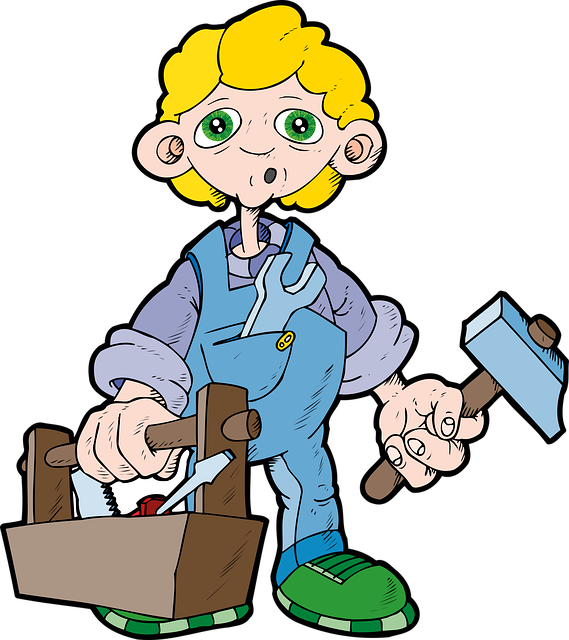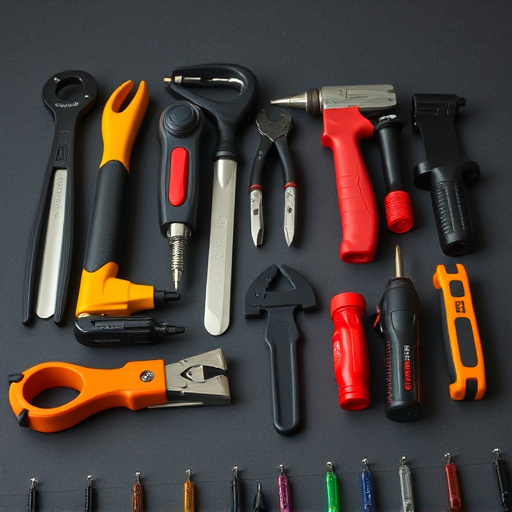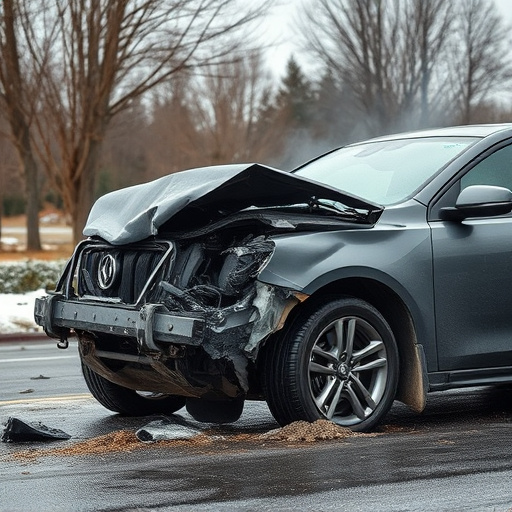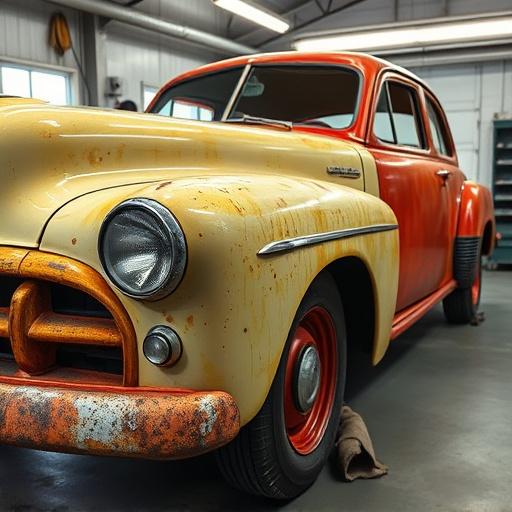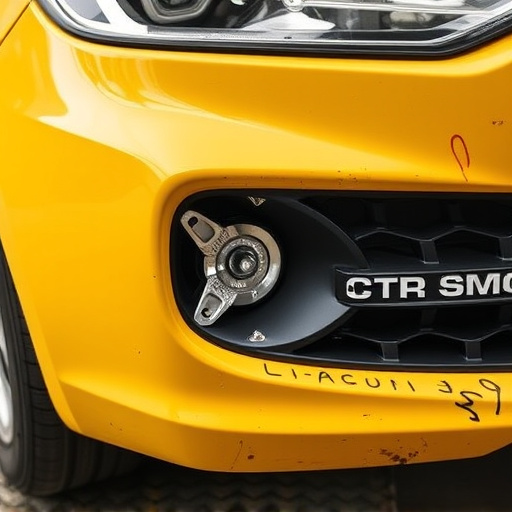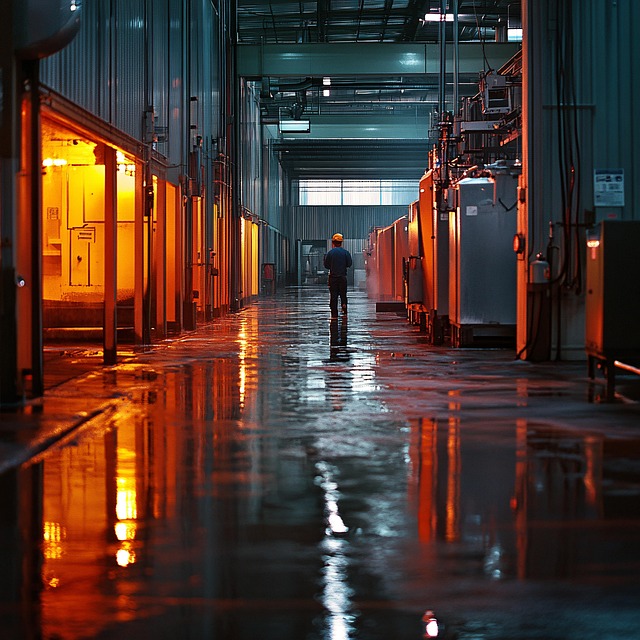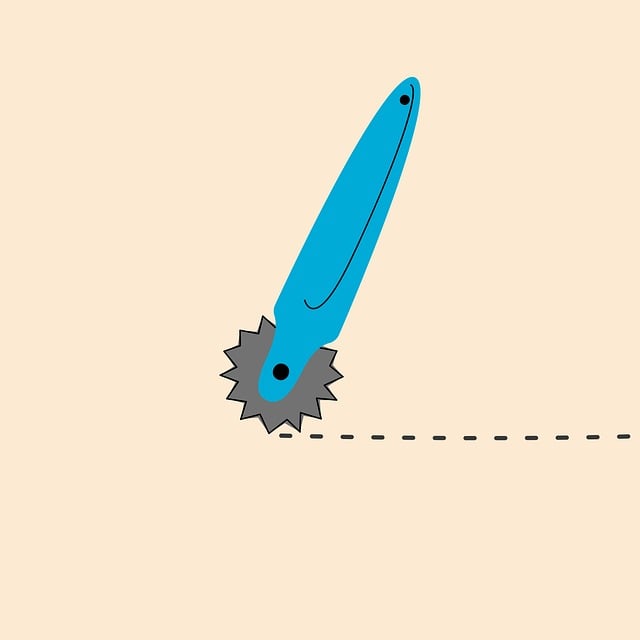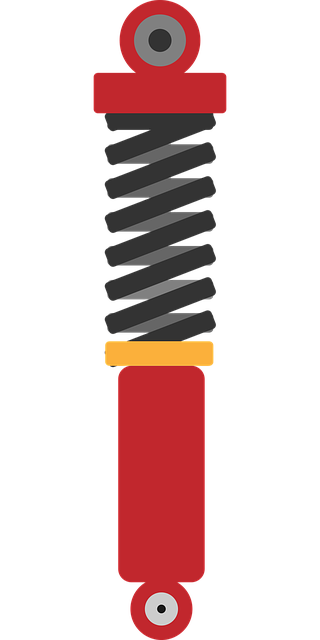The automotive industry's collision damage repair process has undergone a remarkable transformation due to technological advancements. Modern tools like CAD software, robotic welding systems, and advanced paint sprayers have replaced traditional manual techniques. These innovations ensure precise repairs, high-quality finishes, and faster turnaround times, streamlining the once labor-intensive auto body work process. Digital imaging and 3D scanning further enhance accuracy in damage documentation and repair planning, ultimately improving overall quality in collision damage repair.
In today’s digital age, the collision damage repair industry has undergone a remarkable metamorphosis, much like an indelible dance across time. From its labyrinthine beginnings, the process has evolved into a symphony of advanced tools and techniques powered by technology. This article delves into the transformative role of technology in collision damage repair, exploring its historical context, current innovations, and future trends that promise to revolutionize the sector. We examine how artificial intelligence, virtual reality, sustainable materials, and automation are reshaping the landscape, ensuring efficient, precise, and eco-friendly repairs for years to come.
- The Evolution of Collision Damage Repair with Technology
- – A brief history of collision repair processes
- – Introduction of technology in the industry: benefits and impacts
The Evolution of Collision Damage Repair with Technology
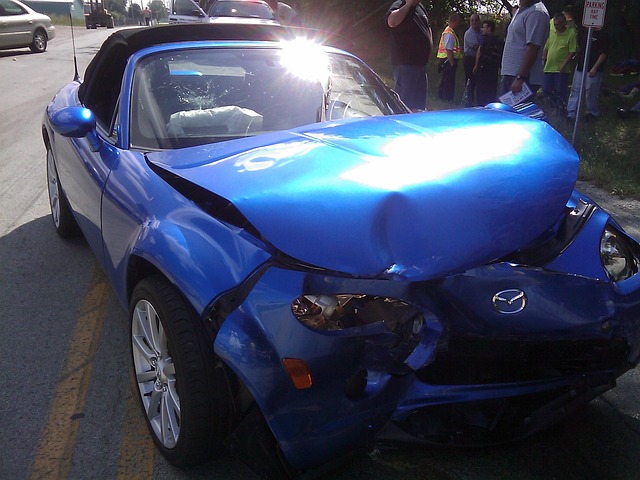
The automotive industry has witnessed a remarkable transformation in collision damage repair thanks to technological advancements. In the past, auto body work was often a time-consuming and labor-intensive process, relying heavily on skilled technicians and manual techniques. However, with the emergence of cutting-edge technology, collision damage repair has evolved into a highly efficient and precise art. Modern tools like computer-aided design (CAD) software enable detailed car body restoration by providing accurate measurements and facilitating precise repairs.
Additionally, automation in the form of robotic welding systems and advanced paint sprayers has revolutionized auto body painting. These technologies ensure consistent, high-quality finishes, reducing the potential for human error. Furthermore, digital imaging and 3D scanning technologies play a pivotal role in documenting damage and creating detailed repair plans, ensuring every aspect of collision damage repair is meticulously addressed. This evolution has not only sped up the repair process but also enhanced the overall quality of auto body work.
– A brief history of collision repair processes
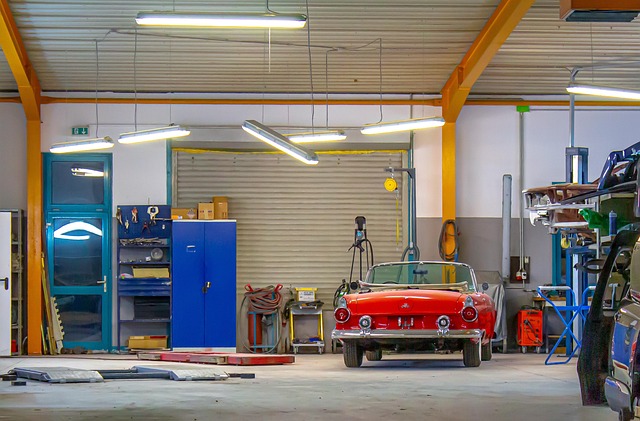
The process of collision damage repair has evolved significantly over the years, driven largely by technological advancements. Historically, auto body repairs were largely manual and time-consuming. Skilled technicians would meticulously patch up dents, replace damaged panels, and restore vehicles to their pre-accident condition using hammers, dolly tools, and traditional paint techniques. This process often involved multiple stages of sanding, priming, and painting, making it a laborious and potentially error-prone endeavor.
With the advent of digital technology, collision damage repair has undergone a remarkable metamorphosis. Today, advanced technologies like computer-aided design (CAD) software enable precise measurements and accurate panel replacement. Robotic paint systems offer consistent and high-quality vehicle paint repair, reducing human error and enhancing aesthetics. Furthermore, 3D scanning technology allows for detailed digital replicas of vehicles, aiding in the restoration process and ensuring a seamless fit during auto body painting. These innovations not only expedite the repair process but also deliver superior results, transforming collision damage repair into a more efficient and sophisticated industry.
– Introduction of technology in the industry: benefits and impacts

The introduction of technology into collision damage repair has brought about significant changes and advancements in the industry. Modern tools and software have streamlined the process, allowing for more efficient auto body work and car paint services. From initial assessment to final restoration, digital solutions enhance precision and speed. For instance, 3D imaging and computer-aided design (CAD) systems enable detailed examination of collision damage, facilitating accurate repairs and ensuring every part is replaced or fixed to the highest standards.
These technological innovations not only benefit repair shops but also offer enhanced safety and quality for vehicle owners. Advanced car bodywork services now incorporate eco-friendly materials and techniques, reducing environmental impact while providing superior results. Moreover, automation in certain tasks improves workplace conditions by mitigating physical strain on technicians, allowing them to focus on more complex aspects of collision damage repair.
The evolution of collision damage repair, driven by technological advancements, has transformed the automotive industry. From manual, time-consuming processes, we’ve moved towards a future where technology like 3D printing, AI-driven diagnostics, and digital design software enhance efficiency, precision, and sustainability. As these innovations continue to mature, collision damage repair will remain a dynamic field, offering faster, more cost-effective solutions while ensuring the integrity of vehicles and reducing environmental impact. This ongoing technological revolution benefits both repair shops and vehicle owners, paving the way for a smarter, greener future in collision damage repair.
